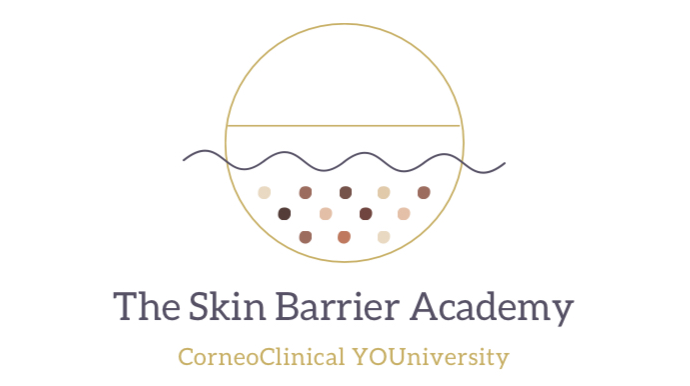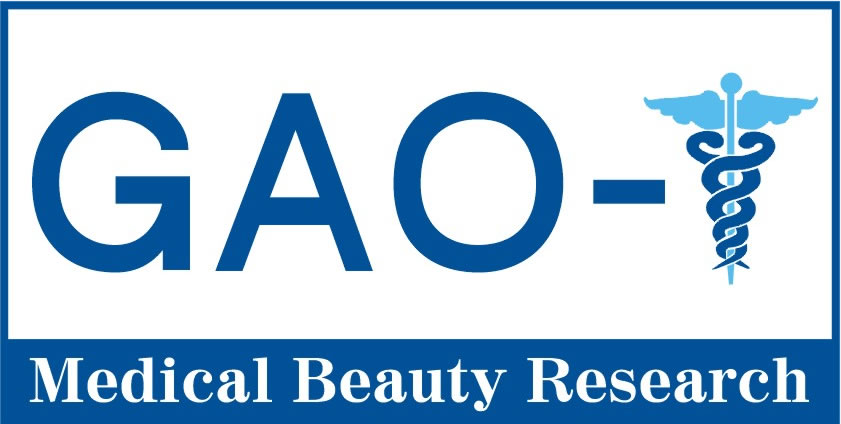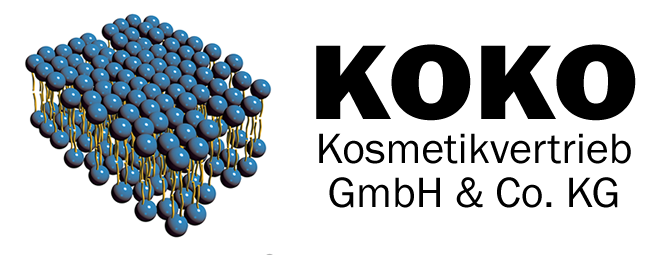
The terms Proteolytic and keratolytic exfoliation agents refer to two distinct types of substances or processes, in the context of skincare or medical treatments.
Proteolytic:
Definition: Proteolytic refers to substances or processes that involve the breakdown or digestion of proteins.
Function: Proteolytic enzymes, for example, are enzymes that catalyze the hydrolysis of peptide bonds in proteins, leading to their decomposition into smaller peptides or individual amino acids.
Examples: Proteolytic enzymes are commonly found in the digestive system, where they help break down ingested proteins into smaller components for absorption. Specialist enzymes are also used in particular medical or skincare treatments to exfoliate and renew the skin by breaking down protein structures.
Keratolytic:
Definition: Keratolytic refers to substances or processes that promote the loosening or shedding of the outer layer of the skin, which is composed mainly of the tough protein keratin.
Function: Keratolytic agents are often used in skincare to exfoliate the skin by softening and breaking down the keratinized outer layer, promoting the removal of dead skin cells. The depth of removal is determined by the pH of the solution and length of time on the skin surface.
Examples: Common keratolytic agents include Alpha & Beta hydroxy acids. In addition to clinical treatments, these substances are often used in skincare products like exfoliating cleansers and peels to improve skin texture, treat acne, and address other skin conditions.
The key differences
Proteolytic substances or processes specifically target protein breakdown in a more natural, gentle manner, (usually single barrier layers) without stimulating the microcirculation while keratolytic substances or processes focus on the rapid shedding or exfoliation of the keratinized outer layer of the skin by chemically dissolving the bonds that anchor the corneocytes together. In this action, the microcirculation is stimulated by the chemicals that remove the entire acid mantle. By the nature of their action, keratolytic agents have a greater risk for adverse effects and have a short healing time component.
While there may be some overlap in desired outcomes in certain contexts, the terms generally refer to distinct mechanisms and applications.
Are proteolytic agents favoured over keratolytic agents in Corneotherapy?
There is much debate in the skincare community whether proteolytic activity is inherently better than keratolytic activity or vice versa. As with all professional skin treatments, the effectiveness of proteolytic or keratolytic agents depends on the specific context, the desired outcome, and the individual's skin type or condition. Both types of activities can be beneficial in the right context, but they serve different purposes and are often used in different skincare or medical applications.
In the context of the core principles of Corneotherapy, proteolytic agents would always be favoured ahead of other exfoliation modalities because they do not activate the microcirculation (no penetrating chemical stimulation) and the more “skin compatible” action of the enzymes and lower risk of adverse effects with no healing period.
The choice between the use of proteolytic and keratolytic agents depends on the specific skin concerns or conditions being addressed, and it's important to note that individual skin types and sensitivities vary, and what works well for one person may not work as effectively for another.
Consulting with a skincare professional can help determine the most suitable approach for individual needs and concerns.












